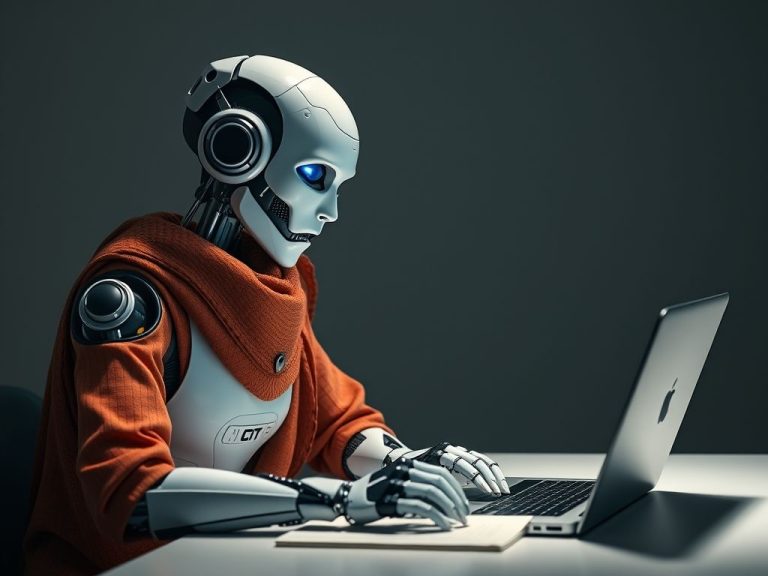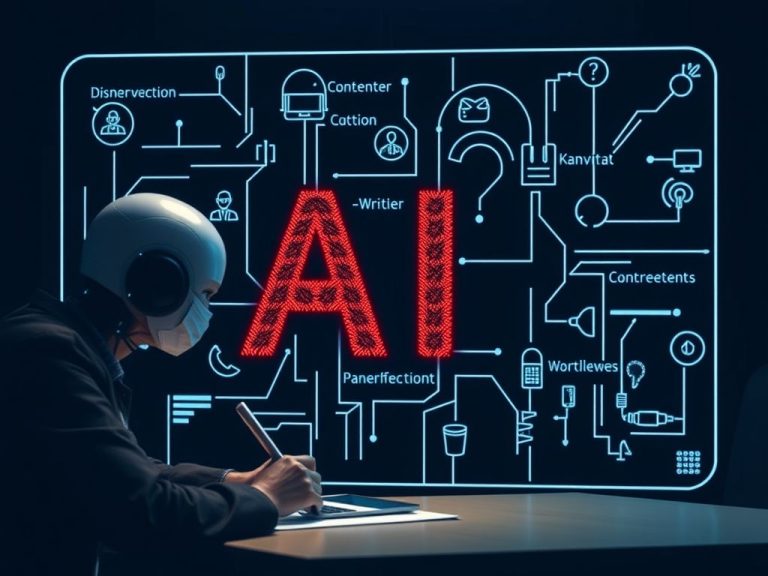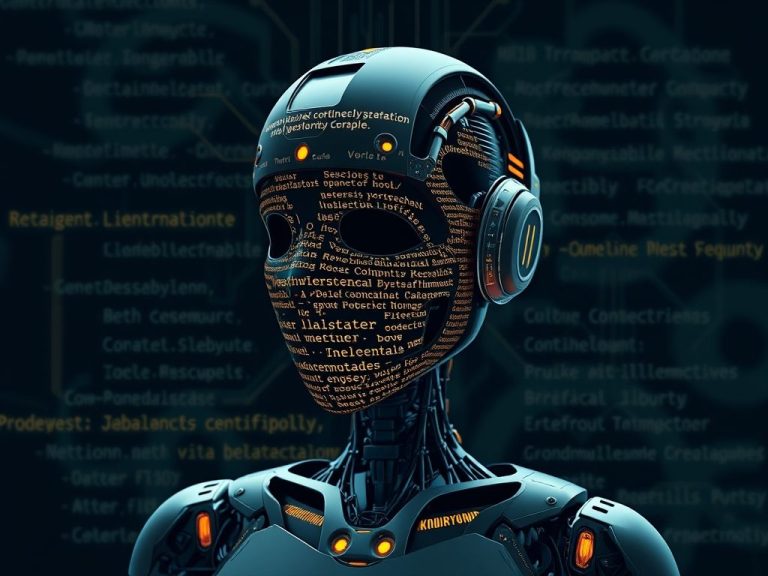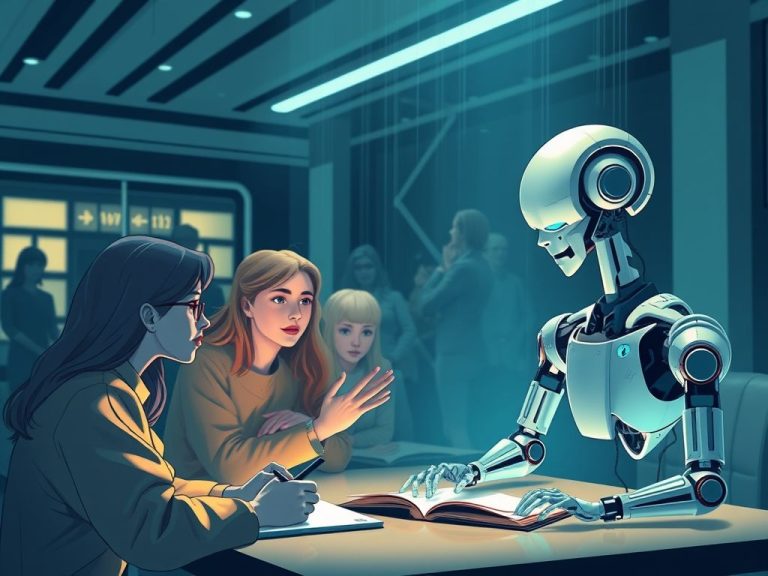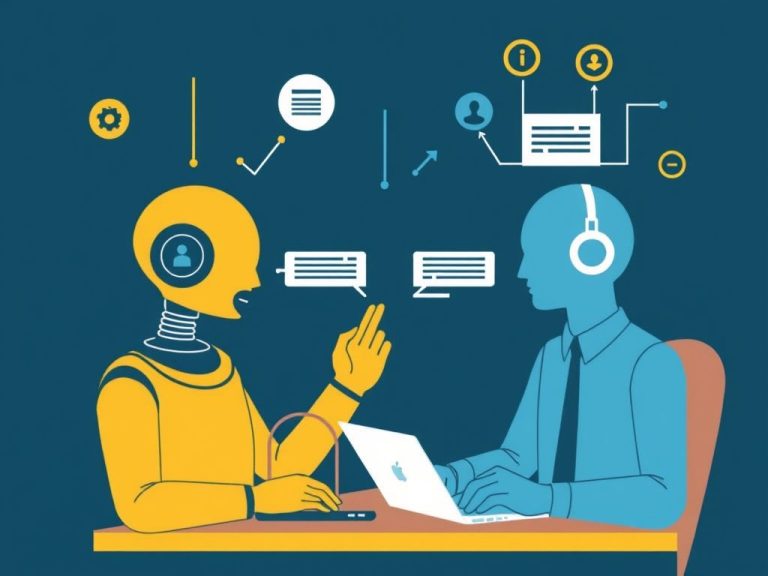What is AI to Human Text Converter
When is AI going to human text conversion mechanisms?
With artificial intelligence recent advancements infiltrating different sectors, the most intriguing application of this incredible technology is converting AI to human text, which actually begs the question-What does AI to human text conversion do and how does it work? So an AI to human text converter such software or a tool powered by very advanced AI technologies converts the machine-written and robotic content to a type of language which sounds much more casual and speaks like a human being in action rather than a robotic or mechanical type. AI to human text converter can generally use by various applications-from the content creation, customer services, marketing to social media management. Here in this article, we will get into understanding-the technology which powers these AI to human text conversions, their usage, and the reason they are slowly becoming essential tools in businesses today and to every content creators’ life.
The Technology Behind AI Human Text Converters
Machine learning models like natural language processing (NLP), deep learning, and neural networks develop Ai to human text converters. These machine learning models take thousands of human language data to understand context, tone, sentence structure, and emotional nuance. Once this training has occurred, the AI can analyze robotic or formal text and output something that sounds more conversationally human-like and engaging. Some of the newer models like OpenAI’s GPT-generative pre-trained transformer-can thus almost produce indistinguishable text from human authors. The heart of a good AI-human text converter is its ability not only to rewrite text but also preserve the meaning in the language done in a more human style. Whether it is based on sentence length, using some informal language, or idiomatic expressions, the overall goal of AI text converters is to make content easy to read for consumers.
Applications of AI to Human Text Converters
AI to human text converters find application in a wide range of industries and applications. In the first area, that of content creation, these tools are valuable because translating technical, formal, or overly complex text can be quite helpful in making it more accessible to people. For example, a particularly dry blog entry discussing a scientific discovery may leave the reader feeling robotic and overly technical. An AI text converter would make this content relatable and engaging, in a way that would ideally allow it to be understood by someone who is not a scientific expert. AI-powered converters are very popular in secondary customer services, as they help businesses to automate personal responses toward client inquiries without sounding robotic. Most importantly, chatbots and virtual assistants rely on AI to human text converters to make these interactions seem more natural.
Value Fit for AI-Human Text Converters
When it comes to their greatest advantage, the benefit of an AI-human text converter is efficiency. The converted text, produced in huge amounts and within terribly short times by the people who create it, marketers, or businesses, will be extremely high quality-and it will sound human. Since converting robotic language into conversational text often requires a hefty amount of effort, writers can now concentrate on the more creative aspects of their work. Another key benefit is cost saving: many companies and organizations use AI-human text converters to reduce the number of writers required because they often have very repetitive or bulk material creation tasks. AI text converters also improve accessibility in that their content becomes simpler for virtually everyone to read, whether native or nonnative speakers of the language or even people with learning disabilities. These tools, which make language easier to understand and more entertaining, will boost user satisfaction and improve overall communication.
Importance of AI to Human Text Conversion for SEO
From an SEO perspective, AI to human text converters will play an important role in making content readable and engaging, important factors in ranking well on search engines such as Google. According to search engine algorithms, user experience is at the top of the priority list, and content that is easy to read, relatable, and more engaging often performs better. With textures that sound smooth and natural, AI converters help segregate that robotic space of error solutions with keywords so that keyword stuffing penalty remains operated-the informative and fun ends. Such AI have also been developed to do optimized structuring within the content, flow of lines in sentences, and suggesting pertinent topics/keywords in relation to enhancement of the overall SEO performance. Content made for search engines while creating material through AI’s text converter will definitely lead to a more human touch with better engagement, longer dwell time, and good rankings.
Conclusion
AI to human text converters are robust tools that leverage AI to convert robotic or mechanical language to that which sounds more human-like, natural, and engaging. Such technologies use advanced machine learning models coupled with natural language processing algorithms to bring about disruption in content creation, customer service, and digital marketing. Functionally, the automation provided by AI text converters are efficiency, cost savings, and improved access because all these advantages are now important to businesses and individual content creators. From the SEO standpoint, AI-powered text converters help generate content best optimized for search engines and users at the same time, thus promising better rank and engagement. As artificial intelligence technology continues to evolve further, so will the importance of AI to human text converters in forging the future of communication and content production.

